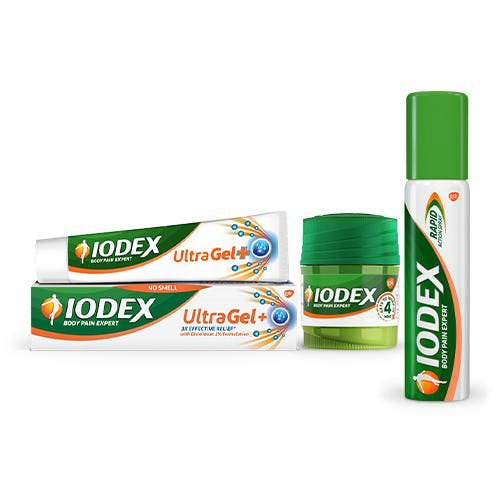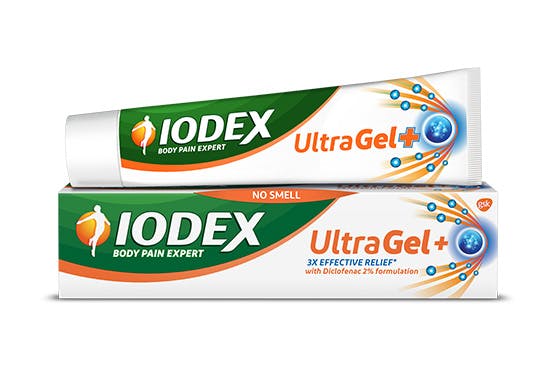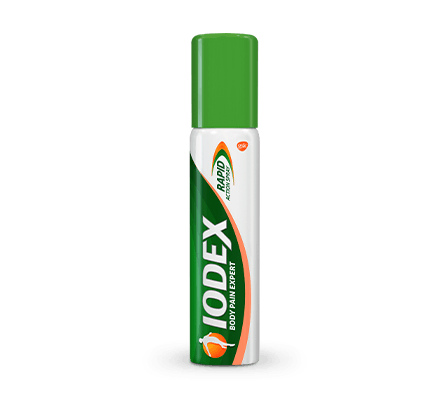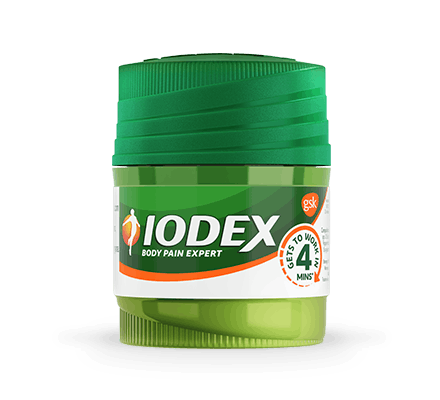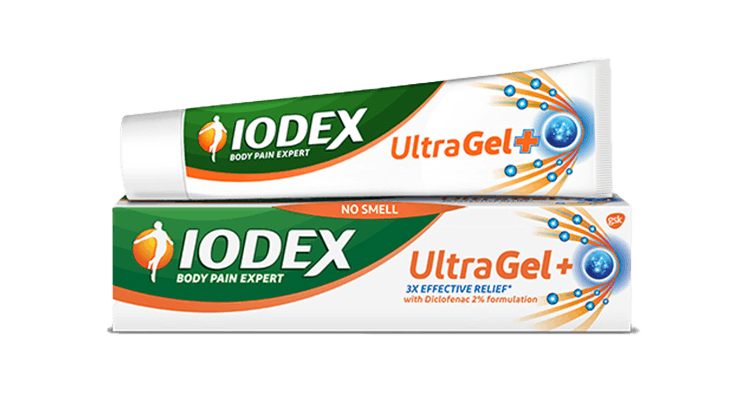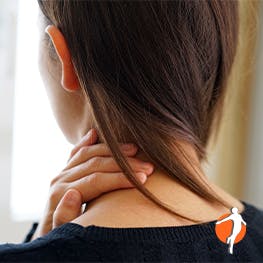
SHARE THIS ARTICLE:
Starting your morning with neck pain from sleeping – oof! Talk about waking up on the wrong side! Waking up with neck pain can make the simplest movements – like turning your head to say good morning – into painful endeavours. Here’s some advice on how to get rid of neck pain from sleeping wrong so you can get back to turning your neck freely and happily.
Neck pain in general is caused by strain to the muscles in your neck. Occasionally, it can also be caused by pinched nerves or herniated discs in your cervical spine – the medical term for the vertebrae that make up your neck. Neck pain from sleeping is caused when your neck is out of alignment with the rest of your spine. This can be a result of sleeping position, too many pillows, not the correct type of pillow, or other sleep issues.1
Causes of neck pain from sleeping
Neck pain from sleeping means your day isn’t going to be quite right. Learning what causes neck pain after sleeping can go a long way in helping you prevent the painful, joy-reducing phenomenon. So, what causes neck pain after sleeping? There are a number of likely suspects.
- You slept in a funny position
On your back, on your stomach, or curled into a tight ball. Sleep position can be highly individual. However, some positions are better than others when it comes to keeping your neck pain free in the morning. For instance, sleeping on your stomach is likely to cause a stiff neck since it means your neck is twisted to one side or another for hours at a time.2
- You slept with too many pillows3
While stacking up a bunch of pillows to plunge your head into as you go to sleep may seem luxurious on first consideration, this poufy mountain of fluff can actually keep your neck out of alignment while you sleep. In other words, your neck muscles will be strained for hours. Make sure your neck is in line with the rest of your spine when you fall asleep.
- You slept with the incorrect type of pillows4
Different pillows provide different types of support. Again, it’s all about neck alignment. If your neck is bent out of shape while you sleep, you’re likely to wake up with a stiff neck. Be sure to use a pillow that properly cradles your head to ensure your neck is in what is known as neutral position – i.e. aligned with the rest of your spine.
- Sudden movements5
Sitting up quickly, or jerking your head around in a dream, may cause strain and tension in your neck muscles, leaving you to contend with a stiff neck when you wake up. Likewise, tossing and turning in your sleep may put your neck in some less than ideal positions, thus leaving you achy and stiff in the morning.
- Previous injury
If you previously injured your neck – for instance, due to trauma in an accident or contact sport – symptoms may not appear right away. Therefore, you may go to bed feeling fine, but then wake up with a sore or stiff neck.
- Cervical Osteoarthritis6
Osteoarthritis is a condition in which the cartilage the cushions between the bones in your joints becomes degraded, resulting in stiffness, pain, and limited range of motion. You may experience Osteoarthritis in your cervical spine, i.e. your neck. Osteoarthritis symptoms can often feel more pronounced for the first 30 minutes after waking up, after hours of inactivity. This is one reason you may be waking up with a stiff neck.7
- Nerve compression8
Nerve compression occurs when a nerve is squeezed or compacted. A compressed nerve is also referred to as a pinched nerve. You may feel pain, numbness, or muscle weakness at the site of compression. If you experience nerve compression in your neck, you may wake up with neck pain.
How to get rid of neck pain from sleeping wrong
Neck pain treatment can be achieved largely with home remedies. In order to remedy neck pain from sleeping, consider trying the following activities:
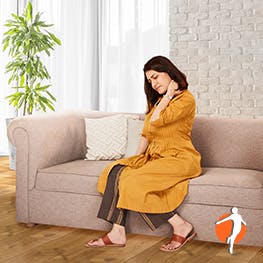
- Stretching and self-massage9
Gentle stretching and self-massage can help loosen the muscles and ligaments in your neck that have become tight and stiff after sleeping. You may not be able to complete all stretches at first due to your neck stiffness. That’s ok. Do what you can. The goal is to gradually increase and restore flexibility. Gently tilt, bend, and rotate your neck to loosen your neck muscles and regain full mobility.
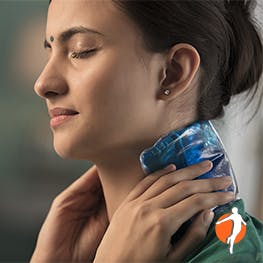
- Ice or heat therapy
Apply an ice pack wrapped in a thin towel to your neck for up to 20 minutes a day.210 This can help reduce inflammation. Alternate cold therapy, with heat in order to sooth and loosen tight neck muscles.

- Over-the-counter pain medication
If your neck pain feels particularly bothersome, consider taking an over-the-counter pain medication like Iodex UltraGel+. Iodex UltraGel+ is clinically proven to shorten your recovery time7 and provide targeted relief from neck pain11 Iodex UltraGel+ fights inflammation, reduces pain, and expedites recovery. Iodex UltraGel+ Emulgel formulation allows it to permeate the skin 7 times deeper9, thus treating neck pain at its root. You could also try using Iodex Rapid Action Pain Relief Spray or Iodex Multi-Purpose Pain Relief Balm for relief from neck pain.14,15

- Get the right pillows12
Make sure you’re using pillows that properly cradle your head while you sleep and keep your neck in alignment with the rest of your spine – keeping it in what’s called neutral position. This means your head won’t be tilted up toward the ceiling or sloped down toward the floor while you’re asleep. Instead, it will keep your shoulders aligned with your ears, keeping stress off your neck muscles.
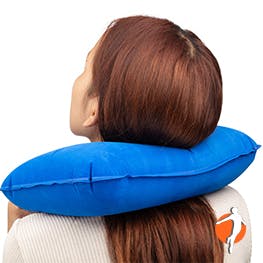
- Support your neck throughout the day13
If you’ve got a long commute home or even if you’re lounging in front of the tv, consider using a horseshoe-shaped pillow in order to prevent your head from dropping to one side if you doze off.
With these tips at the ready, you’ll get back to joyful movement in no time.
Explore Iodex’s products for pain relief
Treatment by pain type

